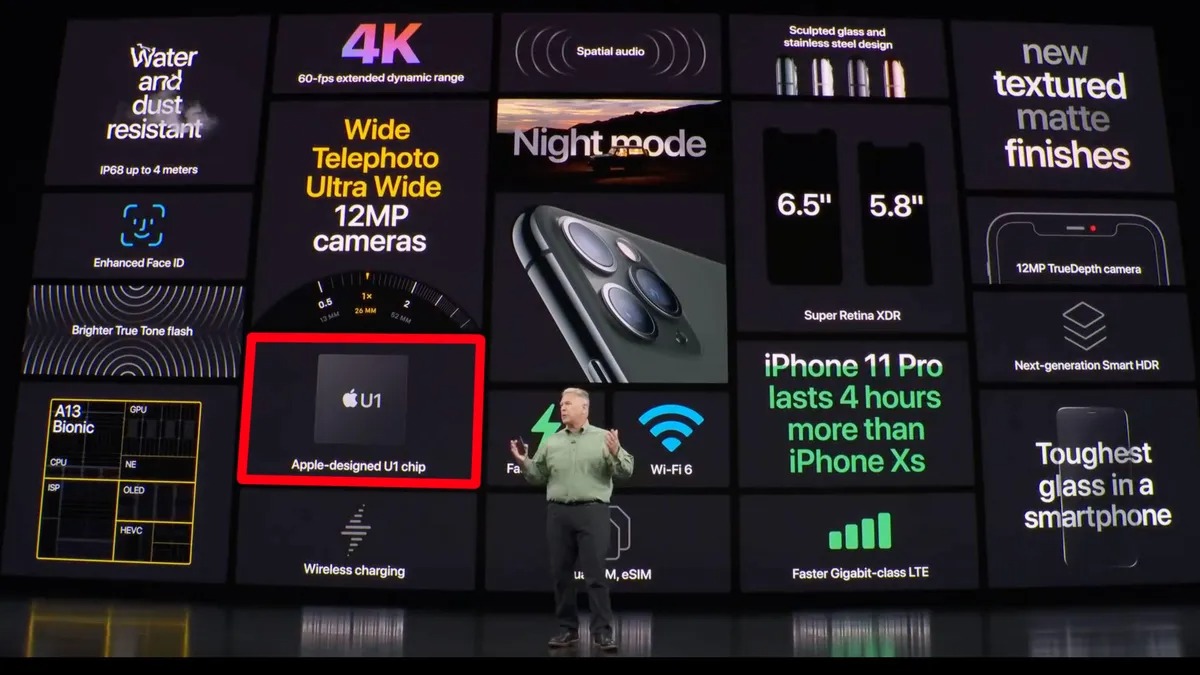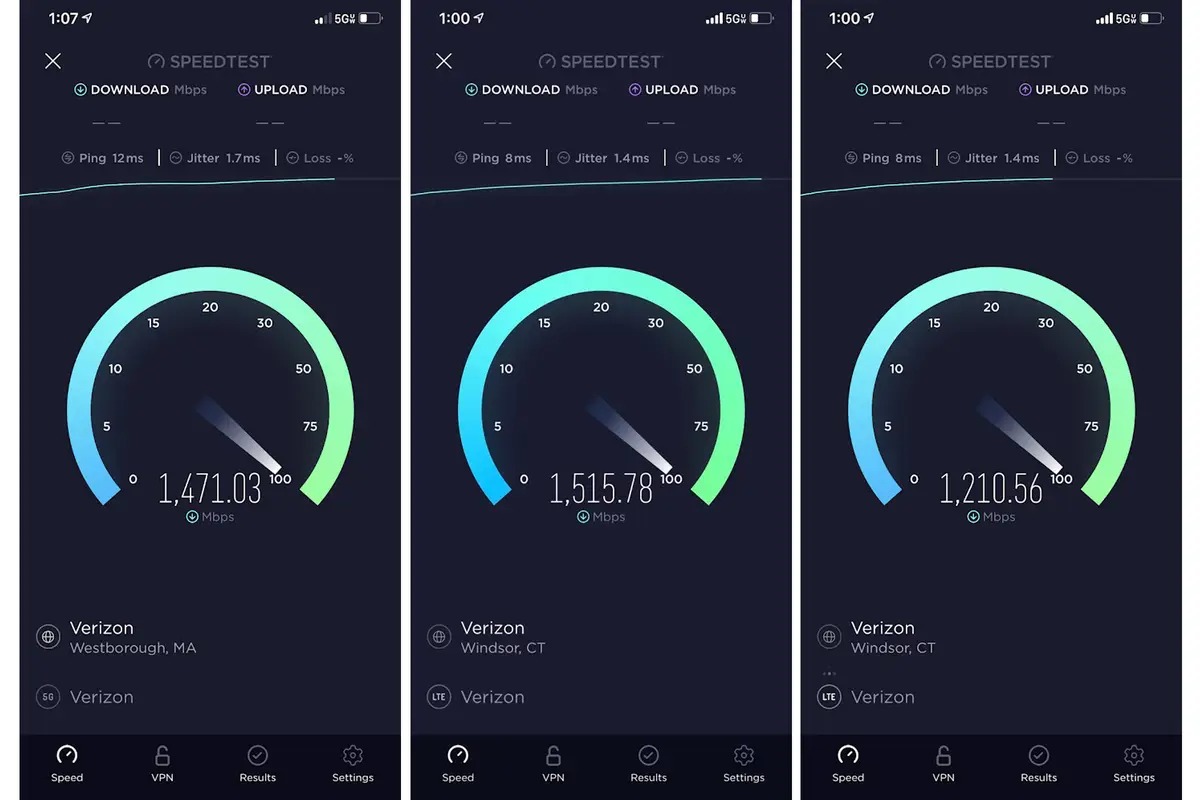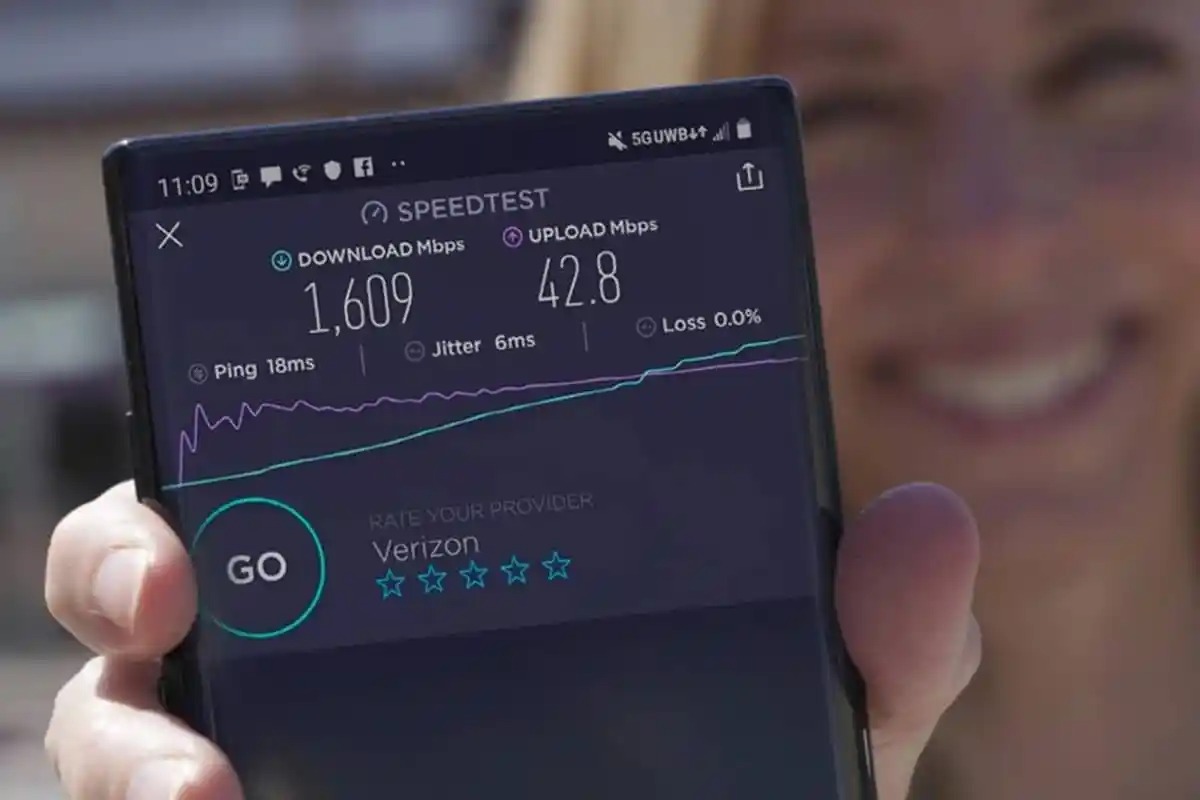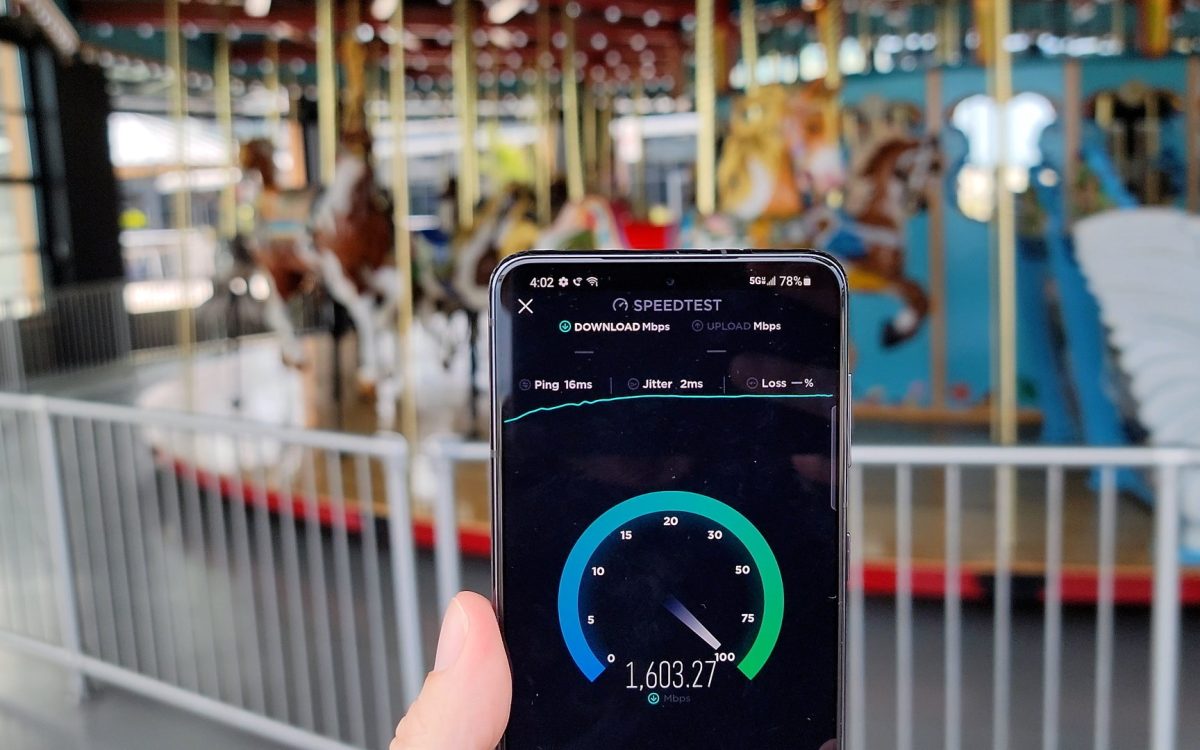What is 5G Ultra Wideband? Everything you need to know
At least in the US, where there are numerous distinct flavors of 5G and numerous names to go along with them, 5G has a branding problem in addition to its availability issue. One of those titles is 5G Ultra Wideband, and if you’ve seen it on your phone since January 2022, you may be wondering what it is. 5G Ultra Wideband first appeared for many Verizon customers in January 2022. We’ll go through what is 5g ultra wideband, as well as all the various names for 5G that are now in use, down below.
What is 5G Ultra Wideband?
Despite the ambiguous wording, Verizon’s 5G Ultra Wideband is the name of the carrier’s fastest and most powerful 5G service. If you use Verizon, a distinctive 5G indicator that displays additional characters like “UW” or “UWB” will let you know when you are connected to this network. This first only pertained to the modest mmWave network operated by Verizon. Getting the “5G UW” indication to appear back then was like panning for gold. Even in cities where Verizon provided 5G Ultra Wideband service, it was often limited to the city center due to the extremely short range of mmWave frequencies.

Even if you were able to locate 5G UW coverage, it was easy to veer off of it since a single mmWave transceiver only covers a few typical city blocks. Customers of Verizon who were unsuccessful in obtaining the coveted 5G UW icon were instead forced to use the carrier’s 5G Nationwide network, which utilized the same low-band spectrum as its 4G/LTE service and had a performance that was comparable.
How about other nations?
The number of regularly used 5G words suddenly soared in the US because US carriers only recently (as of January 2022) began using C-band 5G; yet, in many other countries, C-band has been in use for a while, therefore the nomenclature is less confusing. For instance, in the UK, 5G marketing terminology is kept to a minimum; most of the time, it just refers to “5G,” even though both low frequency and C-band spectrum are in use (no mmWave though at the time of writing). Australia uses low frequency, C-band, and mmWave spectrum for 5G, however, as of this writing, its mmWave coverage is minimal.
Which mobile devices support the speedier 5G versions?
Even if you’re on a network with mmWave and in an area with mmWave coverage, for example, you’ll still need a suitable cellphone because not all 5G phones support every form of 5G.
The majority of smartphones sold in a nation will often support the various 5G frequencies there, but they may not necessarily support those used overseas. Since mmWave 5G is not currently available in the UK, this also means that some handsets do not support it. However, in the future, it may.

Additionally, even within a single nation, not every 5G phone will undoubtedly support every 5G frequency. This is particularly true for the US’s C-band, which isn’t supported by every device because it’s only recently been made available. Some unsupported handsets might later receive support through a software update, but other handsets won’t ever be able to use this spectrum.
Only the iPhone 13 and iPhone 12 series, the Samsung Galaxy S21 series, the Samsung Galaxy Z Fold 3 and Z Flip 3, and the Samsung Galaxy A13 series support C-band 5G in the US on all relevant carriers as of the time of writing. Additionally, it is supported by the Google Pixel 6 line on AT&T, but not yet on Verizon.
How about below 6GHz?
Sub-6GHz is a term that refers to all the popular 5G bands that do not fall under mmWave, notably bands of 6GHz or below, and is frequently used in the same sentence as mmWave. Therefore, low-frequency 5G and C-band (or at least the C-band frequencies now in use) are both regarded as sub-6GHz.
Despite being below 6GHz, the spectrum at 1GHz and below may not be included in the sub-6GHz band, depending on who you ask. You’ll likely hear terms like “low-band” or something like that when this occurs.
The power of the C-band

Thankfully, when Verizon was able to deploy its new midrange spectrum, things improved for both the company and its clients. Verizon eventually turned the key on the new spectrum in January after spending $45 billion in an FCC auction to purchase a portion of C-band frequencies (and months of negotiations with the aviation industry).
This additional frequency was included in the carrier’s 5G Ultra Wideband network. Many more customers started to experience actual 5G speeds in addition to seeing the “5G UW” icon on their phones, which wasn’t just window dressing.
In particular, Verizon said that the implementation of C-band enabled the expansion of its 5G Ultra Wideband network to more than 1,700 cities and more than 100 million people. It is the midrange spectrum’s most extensive and ambitious rollout to date. Rival AT&T has been adopting a more cautious strategy, covering just a few of locations despite losing $23 billion in the same auction.
READ MORE






